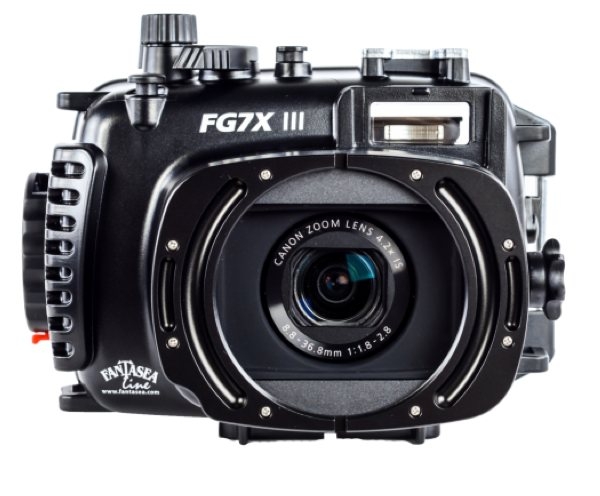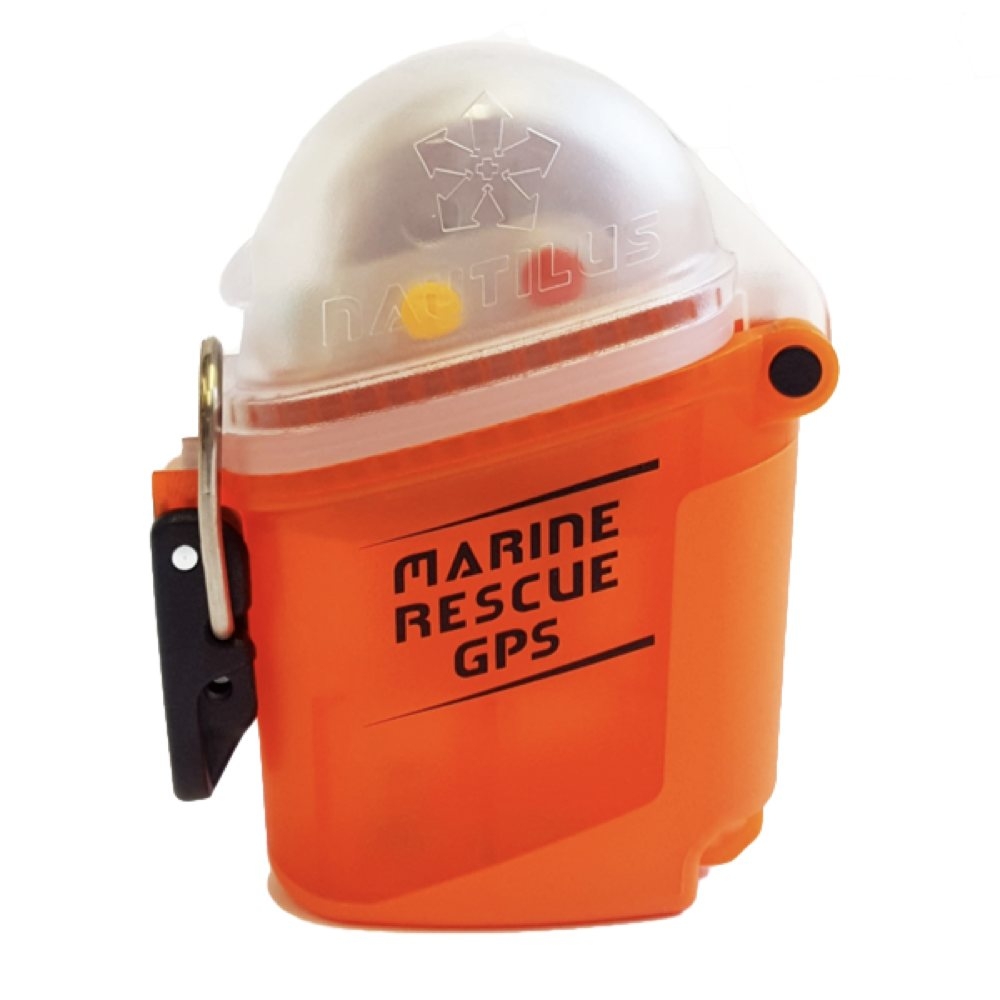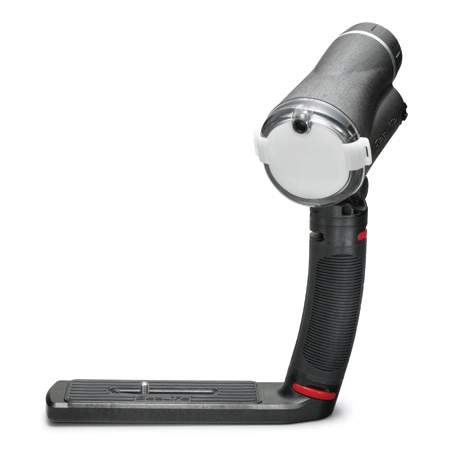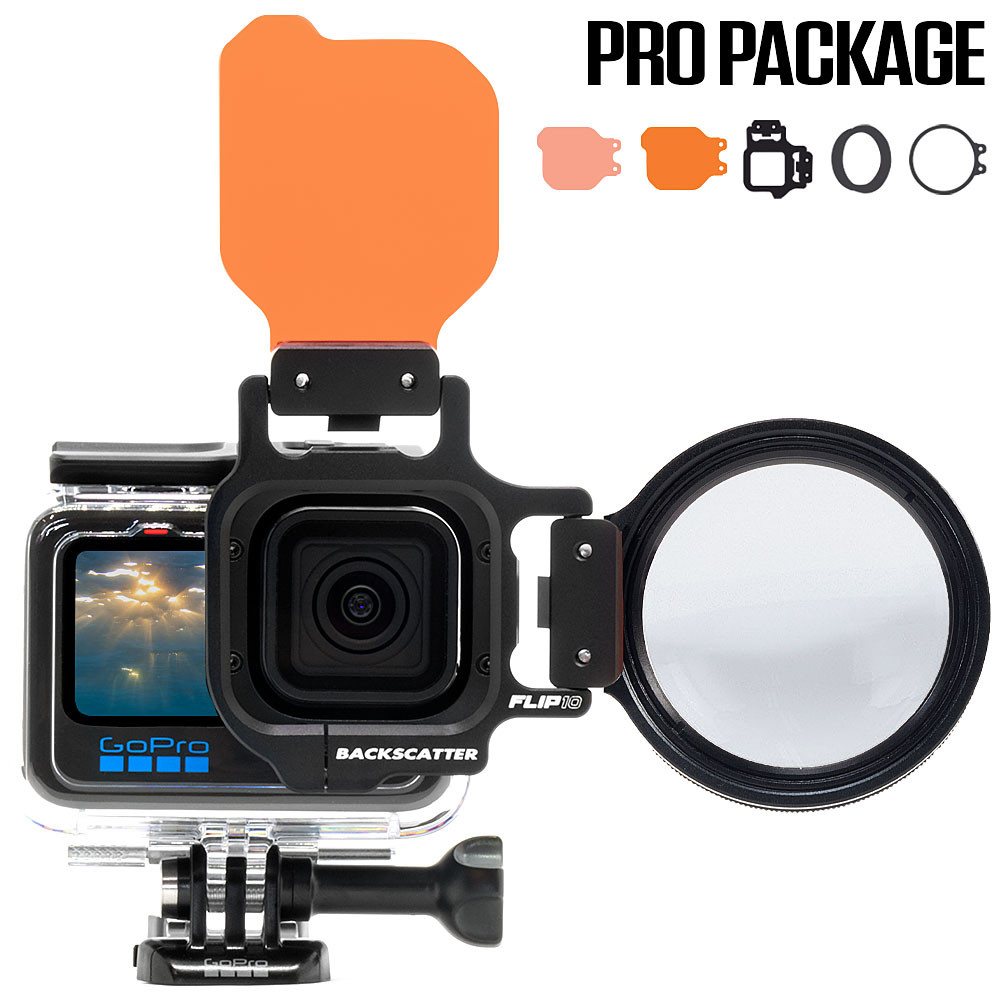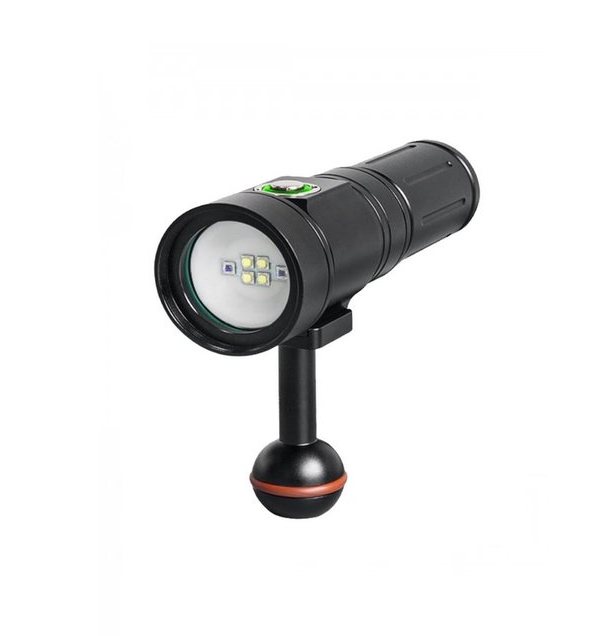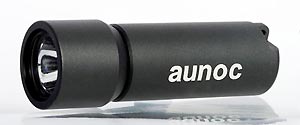- Home
- Directory
- Shop
- Underwater Cameras - Photographic Accessories
- Smartphone Housings
- Sea Scooters
- Hookah Dive Systems
- Underwater Metal Detectors
- Dive Gear
- Dive Accessories
- Diving DVD & Blu-Ray Discs
- Diving Books
- Underwater Drones
- Drones
- Subscriptions - Magazines
- Protective Cases
- Corrective Lenses
- Dive Wear
- Underwater Membership
- Assistive Technology - NDIS
- On Sale
- Underwater Gift Cards
- Underwater Art
- Power Stations
- Underwater Bargain Bin
- Brands
- 10bar
- AOI
- AquaTech
- AxisGo
- Backscatter Underwater Video and Photo
- BLU3
- Cayago
- Chasing
- Cinebags
- Digipower
- DJI
- Dyron
- Edge Smart Drive
- Eneloop
- Energizer
- Exotech Innovations
- Fantasea
- Fotocore
- Garmin
- Geneinno
- GoPro
- Hagul
- Hydro Sapiens
- Hydrotac
- Ikelite
- Indigo Industries
- Inon
- Insta360
- Intova
- Isotta Housings
- Jobe
- JOBY
- Kraken Sports
- LEFEET
- Mirage Dive
- Nautica Seascooters
- Nautilus Lifeline
- NautiSmart
- Nitecore
- Nokta Makro
- Oceanic
- Olympus
- OM System
- Orca Torch
- Paralenz
- PowerDive
- QYSEA
- Scubajet
- Scubalamp
- Sea & Sea
- SeaDoo Seascooter
- SeaLife
- Seavu
- Shark Shield
- Sherwood Scuba
- Spare Air
- StickTite
- Sublue
- Suunto
- SwellPro
- T-HOUSING
- Tusa
- U.N Photographics
- Venture Heat
- XTAR
- Yamaha Seascooter
- Youcan Robot
The Wobby - an unknown shark species
Contributed by Charlie Huveneers
Sharks in danger

Sharks and rays (the group known as elasmobranchs) around the world are in danger of disappearing. Most elasmobranch populations are being affected both directly and indirectly by a wide array of human activities with fishing probably being the worst one. As a result, many populations are depleted, with some species already considered to be threatened with extinction such as grey nurse sharks on the East Coast of Australia, sawfish in the USA or basking sharks in England.
Elasmobranchs are particularly vulnerable to overfishing and many species are known to have been seriously affected in Australia. Of the species affected, the wobbegong sharks have been highlighted in the National Plan of Action for the Conservation of Sharks, Skates and Rays as of particular concern. These sharks are predominantly landed by commercial fishers endorsed in the ocean trap and line fishery in near-shore waters along the NSW coast causing commercial landings of wobbegongs to steadily decline from about 120 tonnes in 1990/91 to about 60 tonnes in 1999/00 representing a 50% decline within 10 years. Scientists have already advised that a range of strategies are needed to prevent further declines, and to rebuild wobbegong shark populations in NSW.
What are wobbegongs?
Wobbegongs are cryptic, bottom-dwelling sharks that occur on the continental shelves of warm-temperate to tropcial waters of the western Pacific. They inhabit rocky and coral reefs or sandy bottoms, from the intertidal area to depths of at least 110 m. Wobbegongs are best distinguished by their flattened head and body, large, nearly terminal mouth situated in front of the eyes, dermal lobes (skin flaps) around the mouth and sides of the head and nasal grooves. They can be separated from the similar looking angel sharks by the presence of an anal fin and the green-brown camouflage pattern on wobbegongs. Out of 7 different species of wobbegong sharks worldwide, 6 are found in Australian waters with NSW having 2 of them swimming along its coast: the spotted wobbegong and the ornate or banded wobbegong. Some member of the wobbegong family can attain a size of 3 m or more and should be treated with respect as they can move surprisingly quickly and may attack if provoked. Wobbegongs have long, dagger-like teeth for gripping prey which can inflict painful wounds.
Wobbegongs often escape observation by snorkellers and divers due to their excellent camouflage and behaviour of lying motionless on the bottom during the daylight hours. Although further research is necessary to accurately determine biological characteristics such as longevity, fecundity, age and size at maturity, sex structures and possible migrations wobbegongs are believed to feed nocturnally on a variety of bottom-dwelling bony fishes and invertebrates such as crabs, lobsters and octopuses. These sharks are assumed to be ovoviviparity (young are released alive after hatching internally), and have litter sizes of up to 20 or more. The size at birth is about 20 cm.
Management for wobbies
Although wobbegong sharks are particularly susceptible to overfishing and current trends point to a declining abundance of wobbegong sharks in NSW. There are few management actions limiting wobbegong fisheries. Wobbegongs are managed mainly as part of the commercial and ocean trap line restricted fishery. Maximum bag size limits for recreational fishing (angling as well as spearfishing) is the only regulation currently existing. Fisheries managers are also trying to introduce new regulations such as traps limitations on size for commercial ocean trap and line fishers and recreational (minimum of 100 cm and maximum of 200 cm), concentration, mesh size and hooks limitation. However, these resolutions did not take into account that it is dangerous and therefore nearly impossible to measure a landed wobbegong and are not based on sufficient scientific data.
What we are trying to do!
The size of the decrease in abundance of wobbegongs within NSW waters is likely to be in part due to fishing pressures combined to the life history characteristics of the species. While they are frequently seen by divers, little is known about their role in the inshore marine ecosystem. It has been recognised that the biology, life history or population sizes of either spotted or banded wobbegong has never been looked at. This makes it difficult to understand the level and nature of human impacts on wobbegongs, and to also plan for their recovery where declines in numbers are detected. Previously, fishing mortality was not adequately calculated and monitored because most fisheries generally do not identify or record their shark landing or bycatch, and landings may occur at a great distance from catch source. In the absence of basic data, it is difficult for biologists and managers to assess the impacts of fisheries and trade on elasmobranch populations. The aim of this research is to fill the knowledge gap (in biology and ecology) of both species of wobbegong found in New South Wales which.
The link between fishers and scientists will play a major part in the gathering of data as the latter will get most of the catch records and life history data while being onboard fishing vessel. Data obtained from fishing vessels will enable the comparison between each life history characteristics and trade-offs between them. This will improve the life history theory knowledge which deals directly with natural selection, fitness, adaptation and constraint. Using growth curves and life history tables, it will be possible to create sensitive population models. These will permit to estimate how the wobbegong populations would vary under natural conditions
Investigations of animal habitat use and behaviour are also important for understanding the ecology of animals and are vital for making informed conservation decisions (e.g. on the location, size, shape and connectedness of marine reserves). The determination of habitat use of wobbegongs by divers undertaking visual census will enhance our understanding of habitat use by similar benthic predators. Wobbegongs will also be tagged on the dorsal fin throughout the year in order to get information about their home ranges, movements and migrations. These are a powerful tool to comprehend the full interactions between marine animals and environmental conditions.
You can help this part of the project by reporting any sightings of tagged wobbegongs to Charlie Huveneers - Charlie.Huveneers@gse.mq.edu.au
Scientists will also be carrying out diver surveys in 2003 and 2004 similar to those undertaken for grey nurse sharks and are seeking help from divers, dive shops/clubs/organisations, snorkellers and spearfishers. The purpose of the surveys is to obtain sufficient and accurate information to estimate the total population of wobbegongs along the NSW coast, to document the movements of tagged individuals, and the duration of occupation at particular aggregation sites.
The first survey will occur from November 7th until November 17th 2003 (1 week encompassing 2 week-ends)
Individual divers, shops and clubs in NSW are asked to register with Charlie Huveneers at Macquarie University and to fill out survey forms during the dives (provided by Macquarie University upon registration) detailing shark species, numbers, size, sex, habitat, the details of any tagged sharks sighted and the location and time of dive. If possible, photographs from each shark (of each side as well as a head-on shot) would also be helpful for scientists to differentiate spotted from ornate wobbegongs and to confirm the habitat in which sharks were seen.
The research proposed will enable to gain sufficient knowledge to set up better management regulations and to efficiently protect wobbegongs from extinction by providing recommendations for future management and conservation of these economically and ecologically valuable resources. Such suggestions could then be used to regulate other similar fisheries for which catches have been declining such as wobbegong sharks.
Underwater photos © by Rob Harcourt, Graduate School of the Environment, Macquarie University, Sydney
WINNER best story September 2003Shopfront
-
 Suunto Ocean - Dive Computer and Sports Watch
Suunto Ocean - Dive Computer and Sports Watch
- Price A$ 1,349.00
-
 Stickon Bifocals - StickTite Lenses - 40mm
Stickon Bifocals - StickTite Lenses - 40mm
- Price A$ 69.95
-
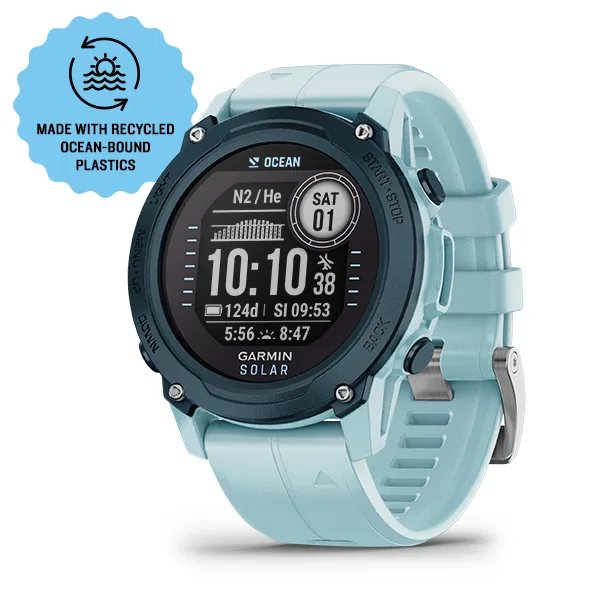 Garmin Descent™ G1 - Solar
Garmin Descent™ G1 - Solar
- Price A$ 929.00
-
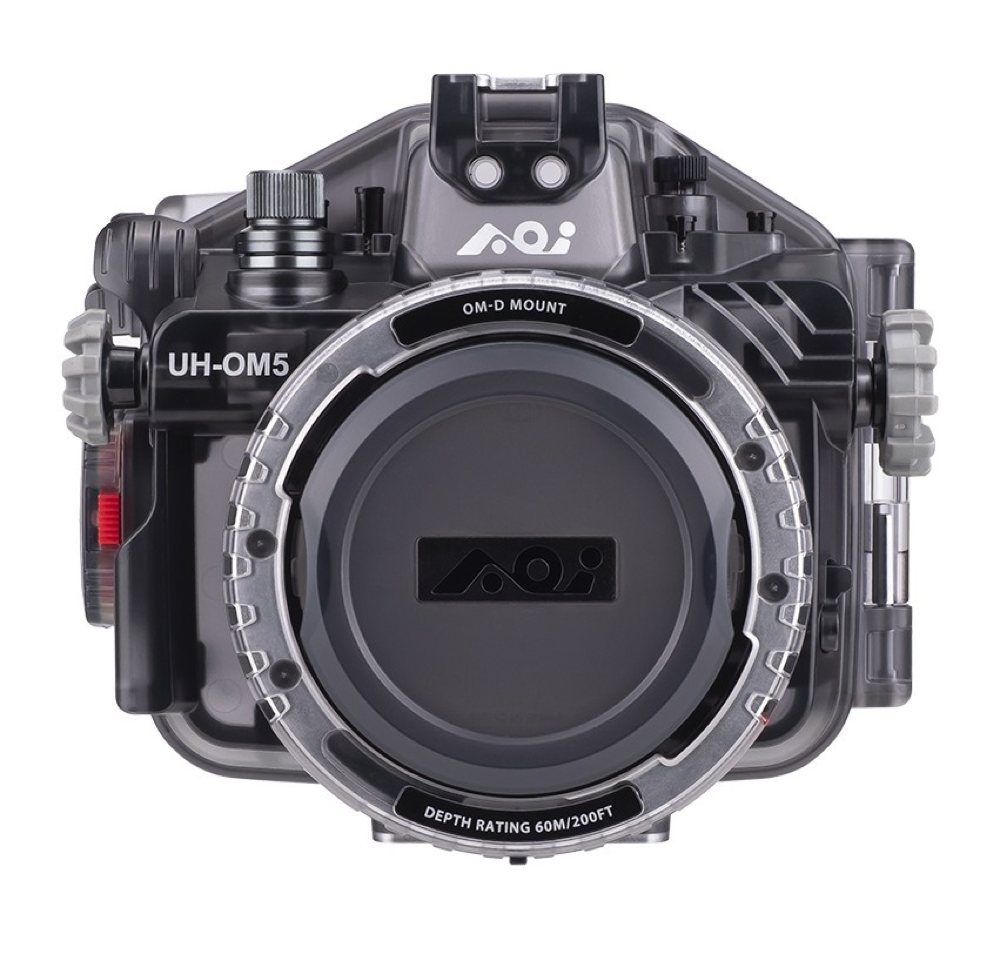 AOI UH-EM5III and UH-OM5 Underwater Housing for Olympus OM-D E-M5 III and OM System OM-5
AOI UH-EM5III and UH-OM5 Underwater Housing for Olympus OM-D E-M5 III and OM System OM-5
- Price A$ 1,469.00
-
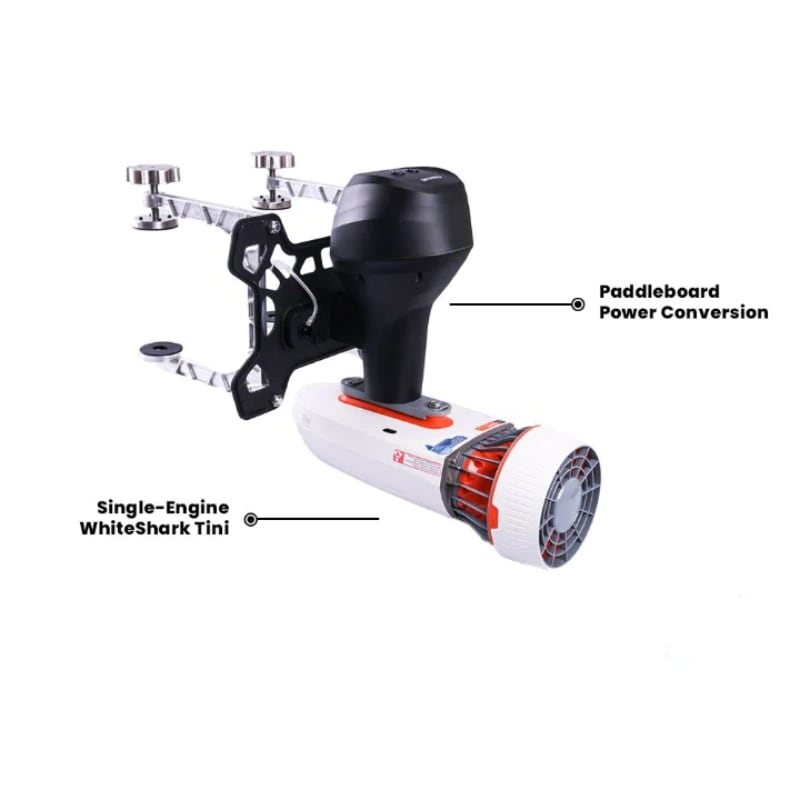 Sublue Paddleboard Power Conversion Kit
Sublue Paddleboard Power Conversion Kit
- Price A$ 599.00
-
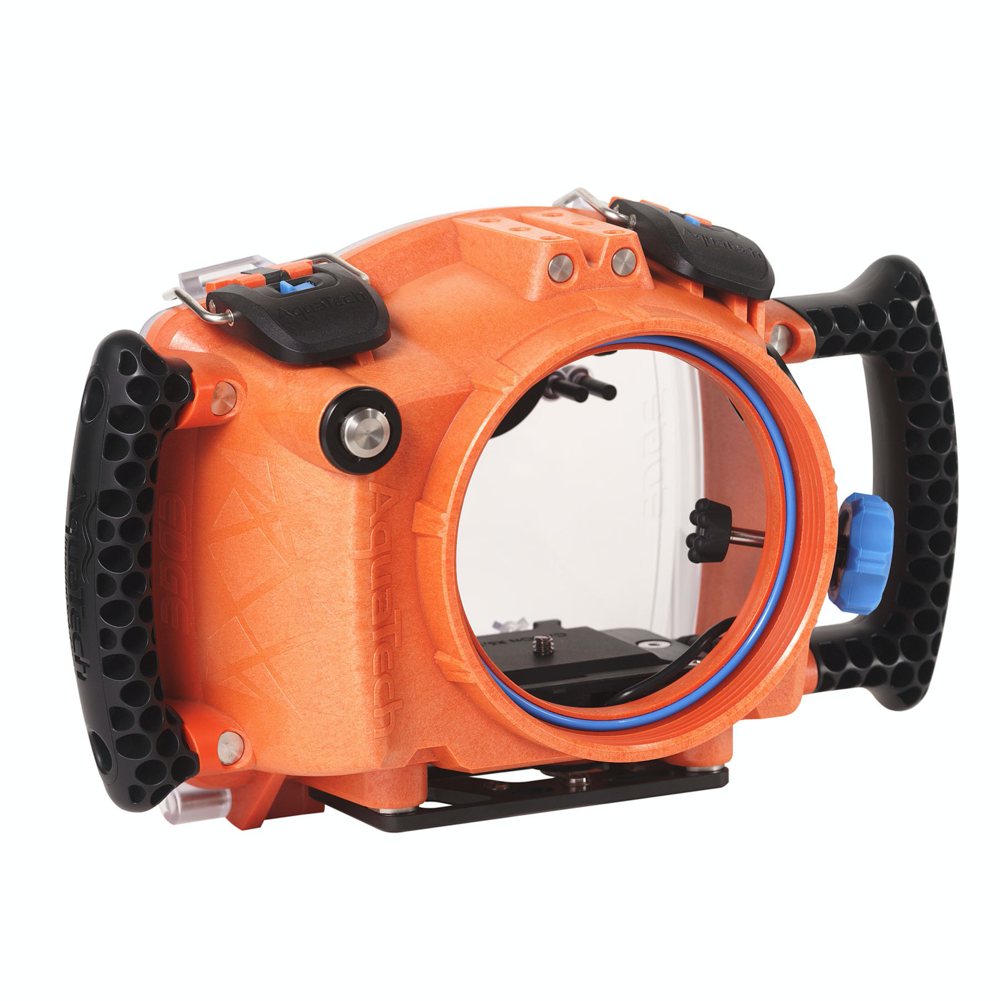 AquaTech EDGE Pro Camera Water Housings - Sony mirrorless
AquaTech EDGE Pro Camera Water Housings - Sony mirrorless
- Price A$ 2,149.00
-
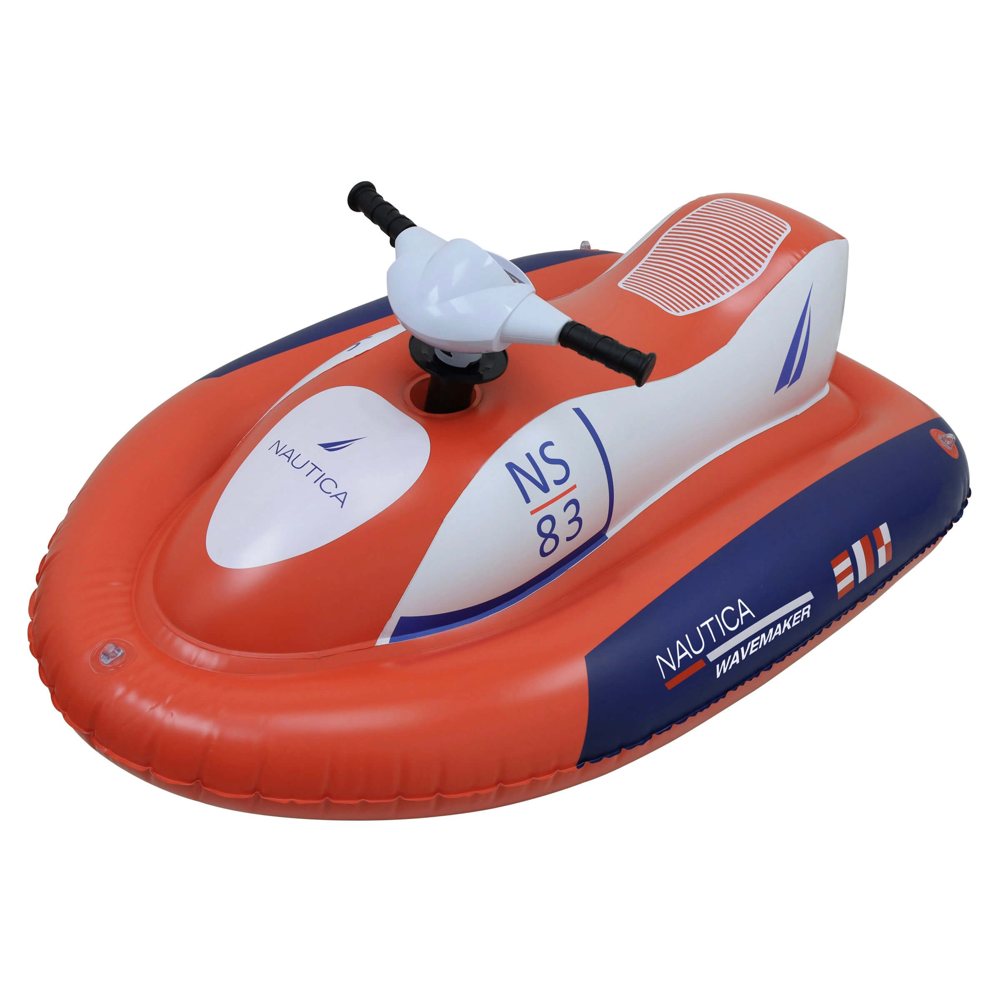 Nautica inflatable Jet Ski Wavemaker
Nautica inflatable Jet Ski Wavemaker
- Price A$ 499.00
-
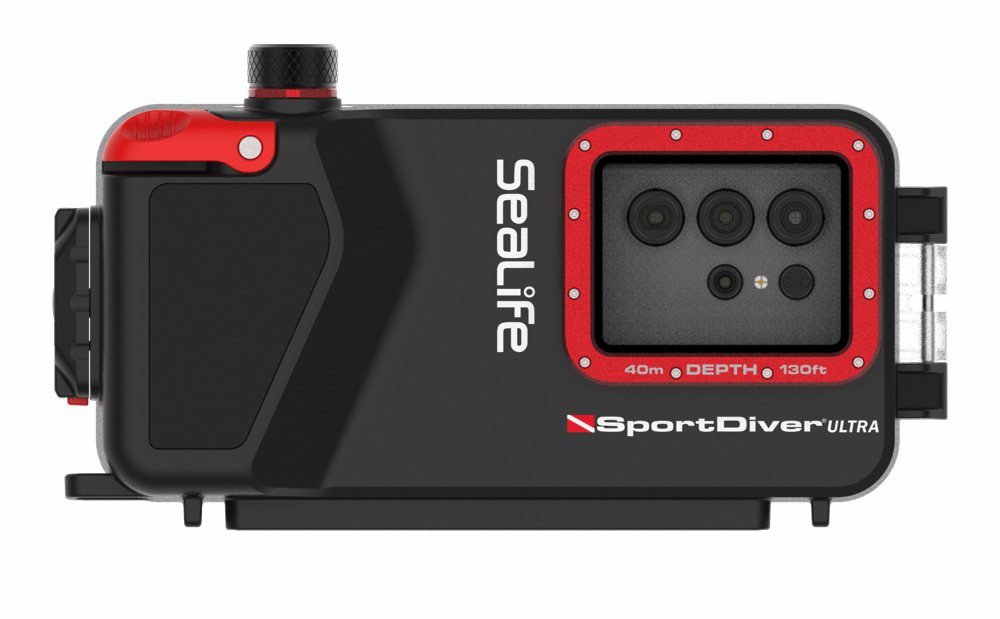 SeaLife - SportDiver ULTRA Underwater Smartphone Housing
SeaLife - SportDiver ULTRA Underwater Smartphone Housing
- Price A$ 599.00
In the Directory






